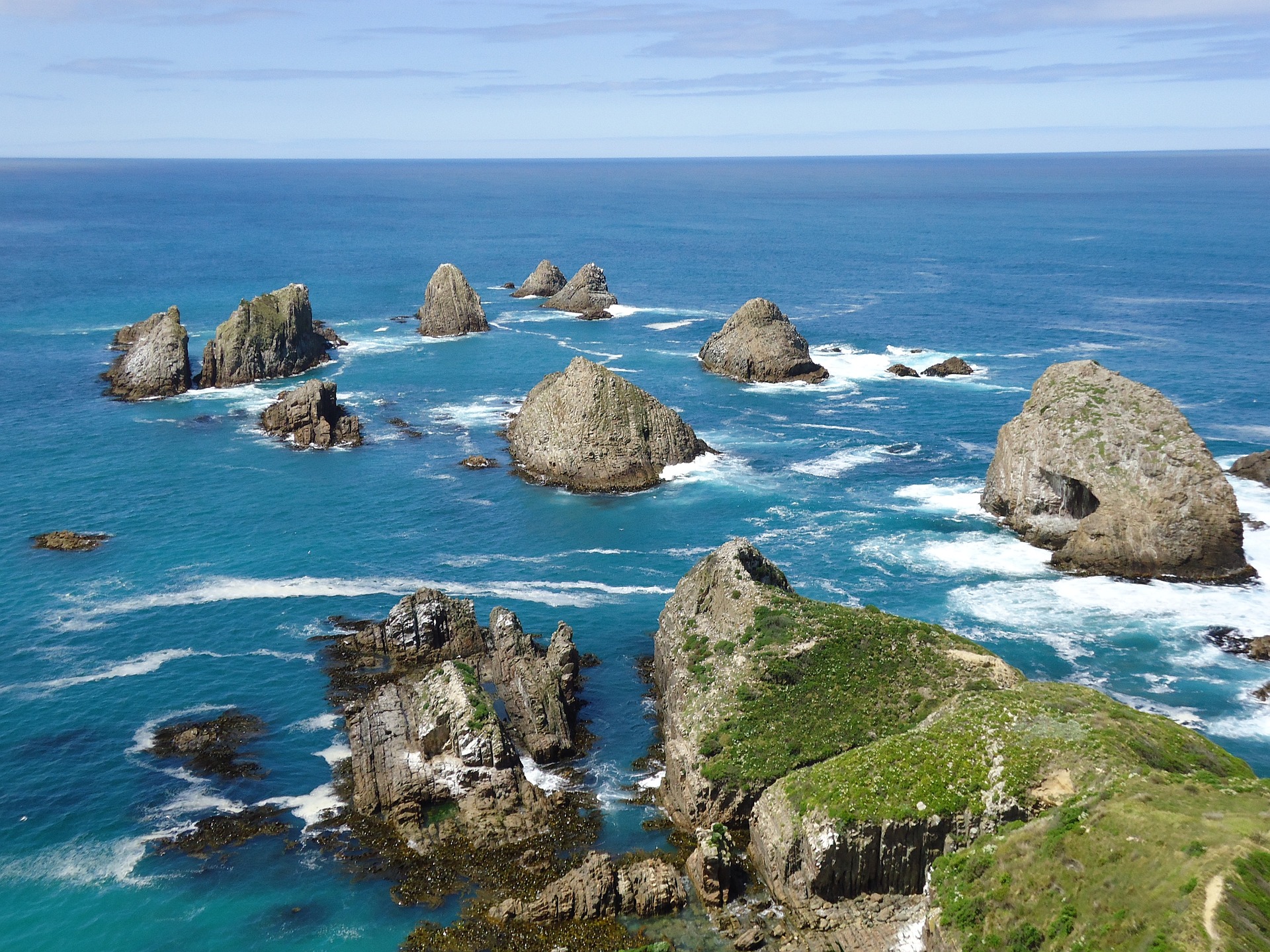
Ōtautahi – A sobering picture of the state and future of Aotearoa New Zealand’s marine environment has been painted in the latest ministry report.
The Ministry for the Environment and Stats NZ report shows aspects of the marine environment are at risk due to climate change, pollution, human activity and other pressures.
The report about the most pressing issues in New Zealand’s oceans, seas, coastlines, and estuaries shows evidence about how the environment is changing. The report looks into the impacts of those changes on nature, people, sectors and communities.
Data and research updated since the 2019 report shows climate change is continuing to drive ocean acidification, raise sea levels, and increase sea surface temperatures.
Another finding is that coastal and estuarine water quality improved in some places and for some measures but was worsening in others. Human activities like land use intensification, urban development and agriculture can contribute to poor water quality.
When the marine environment is under stress, it can affect ecosystems and things that are important to New Zealanders.
Climate change is causing sea level rise, which impacts coastal communities, sites of cultural and ecological significance, and marine species. Sedimentation and pollution affect water quality, which can threaten biodiversity and public health.
The report’s findings are based on official sources including crown research institutes, central government agencies and local government bodies.
Supporting information comes from peer reviewed published literature and other reputable sources. This includes mātauranga Māori and observational tools that identify changes in ecosystems.
Climate change-related indicators show that around:
Based on data to 2020, annual average sea levels have risen (relative to land) at all six coastal monitoring sites
Sea levels are also rising faster, according to data for sites with records dating back at least 120 years
In Wellington, Lyttelton and Dunedin, the rate of sea-level rise more than doubled in the 60 years to 2020 compared to the rate for previous 60 years
Ocean acidity increased 8.6 percent in subantarctic surface waters off the Otago coast between 1998 and 2020.
Coastal and estuarine water quality data from monitoring sites around the country between 2006-2020 show:
Positive signs for nine measures of coastal water quality, including suspended solids (such as sediment and microscopic algae) and important nutrients (such as nitrogen and phosphorus). Over the 15-year time period, more sites had improving trends than sites that had worsening trends
Coastal water quality generally declined for three measures: visual clarity, dissolved oxygen, and Enterococci (gut bacteria indicating faecal contamination). Over the 15-year time period, more sites had worsening trends than improving trends
Impacts of climate-related changes include:
Sea-level rise affects coastal communities, infrastructure, coastal habitats and biodiversity.
For many Māori, climate change will affect homes and sites of significance including marae, urupā, and wāhi tapu
Thousands of kilometres of roads and water pipes and $26 billion worth of buildings are vulnerable to sea-level rise of 0.6m
Ocean acidification affects many marine species. For example shellfish struggle to grow and reproduce, and corals – which support a wide variety of sea life – can die
Impacts of poor water quality and pollution include:
High nutrient levels can increase toxic algal blooms. Both can harm kai moana species and affect mahinga kai practices, such as harvesting and protecting seafood
Sediment can clog the gills of cockles, pipi, and scallops, which feed by filtering food from the water
Bans or restrictions on shellfish gathering, aquaculture and recreation are needed in areas with high bacteria and toxin levels, due to the risk of illnesses such as gastroenteritis, respiratory problems, and ear and skin infections
Plastic pollution can affect or kill marine species and seabirds – either directly or via contaminants that move up the food chain

